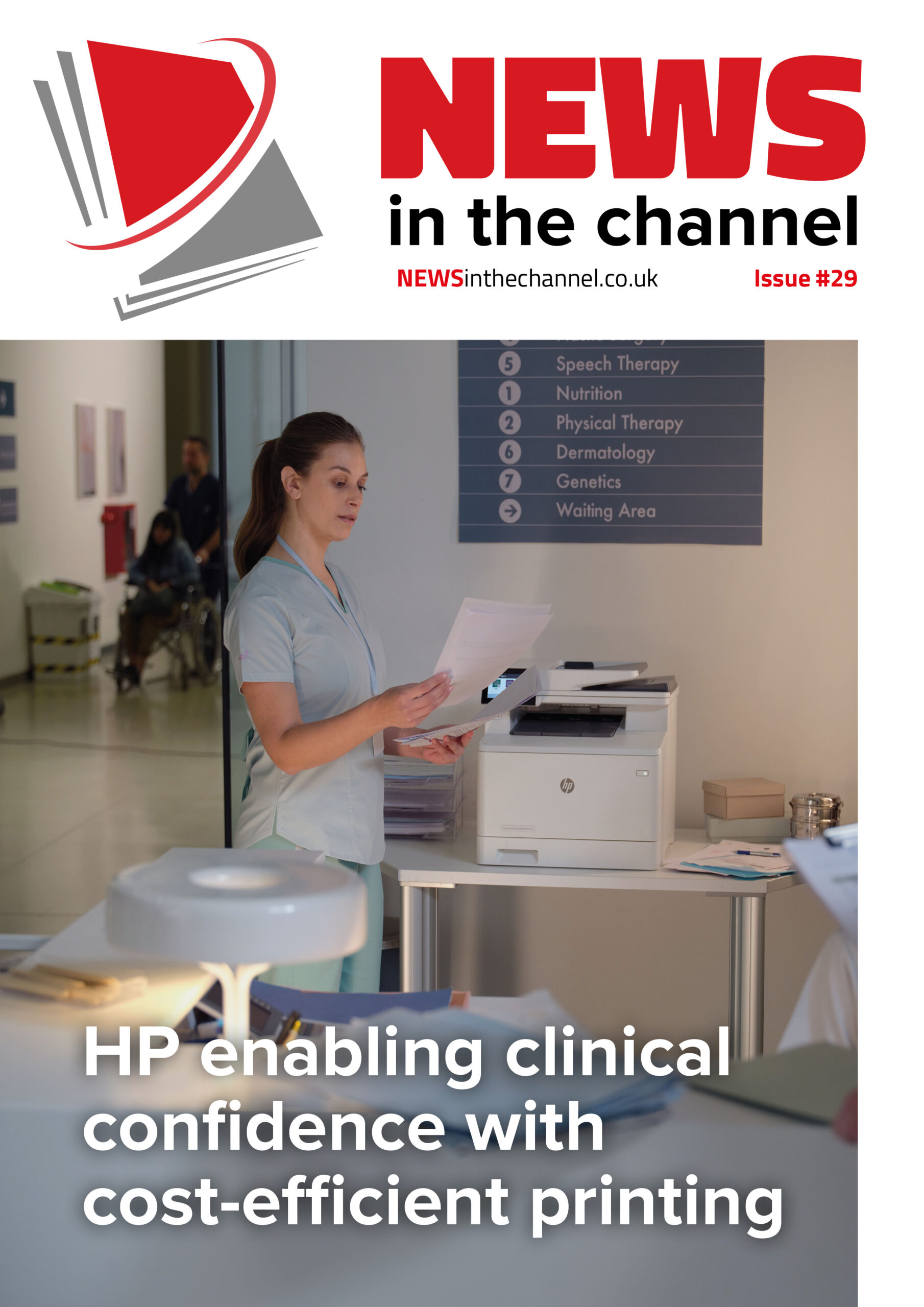Sustainability is becoming a priority for many businesses, but in the drive to have the latest technology, many perfectly usable electrical items are cast aside – but this should stop, says Sören Enholm, CEO of TCO Development.
In a world marked with rapid technological consumption, I wanted to take a different path and lead by example. That’s why I decided to make a small but impactful commitment to take a stand against the issue of e-waste by committing to keep my trusty notebook laptop for 10 years.
Why did I do this you may ask? As CEO of TCO Development, the organisation responsible for the global sustainability certification for IT products, TCO Certified, and a member of the Circular Electronics Initiative, I wanted to demonstrate to our business community that by taking good care, you can extend the life and prevent that product ending up in a landfill. Today, as my 10-year-old notebook still runs smoothly, I believe it’s time to share three essential strategies to help reduce unnecessary e-waste and to help save our planet.
Extending lifespans
Our current linear economy is centred around extracting virgin natural resources to manufacture products that often have alarmingly short lifespans before they’re cast aside. This business model is unsustainable, which is why the Circular Electronics Initiative, a collective of 28 organisations, unites with the shared goal of advocating for the sustainable use of IT products among policymakers, corporations, and the public.
Toxic e-waste is accumulating at a record rate of about 15,187 Big Ben’s every year.
When it comes to electronics, the single most impactful action consumers can take is extending the life of existing products. For instance, in the case of notebook computers, more than 80% of the greenhouse gas emissions during its lifetime comes from the manufacturing phase, according to research by TCO Certified in 2020.
As Sophie Charpentier, project manager (PhD) at Chalmers Industriteknik, another member of the Circular Electronics Initiative, points out: “The EU average for circular material use for electrical and electronic equipment is around 40%, falling short of the EU goal of 65% from 2019 onwards. Every country has different prerequisites, but lots of more work is needed regardless.”
Need for action
- Extend the life of your products. Using products longer is the single most important thing to reduce the environmental footprint of your IT use. A single notebook computer generates about 300kg of greenhouse gas emissions during its lifetime, of which more than 80% stem from the manufacturing phase. Upgrade and repair your products so they last longer and make use of second-hand markets. If the vendor has a take-back scheme or if you are leasing the products, send the old products back so they can be handled responsibly.
- Choose durable products. If you need a new (remember to also consider the second-hand market) product, choose durable products that can last longer. An easy way to do this is to look for products that carry a sustainability certification that includes robust criteria and requires independent verification. Consider compensating the e-waste footprint of your new product, either by recycling a product with a similar footprint or by purchasing the offsetting as a service.
- Reuse and recycle! Electronics contain valuable resources that can be reused or recycled. If it is not possible to reuse or sell your old products, send them to an extended producer responsibility scheme, an electronics recycler or a refurbisher where they will be handled responsibly. Don´t let the products collect dust in your drawer or dispose them in the regular waste bin.











